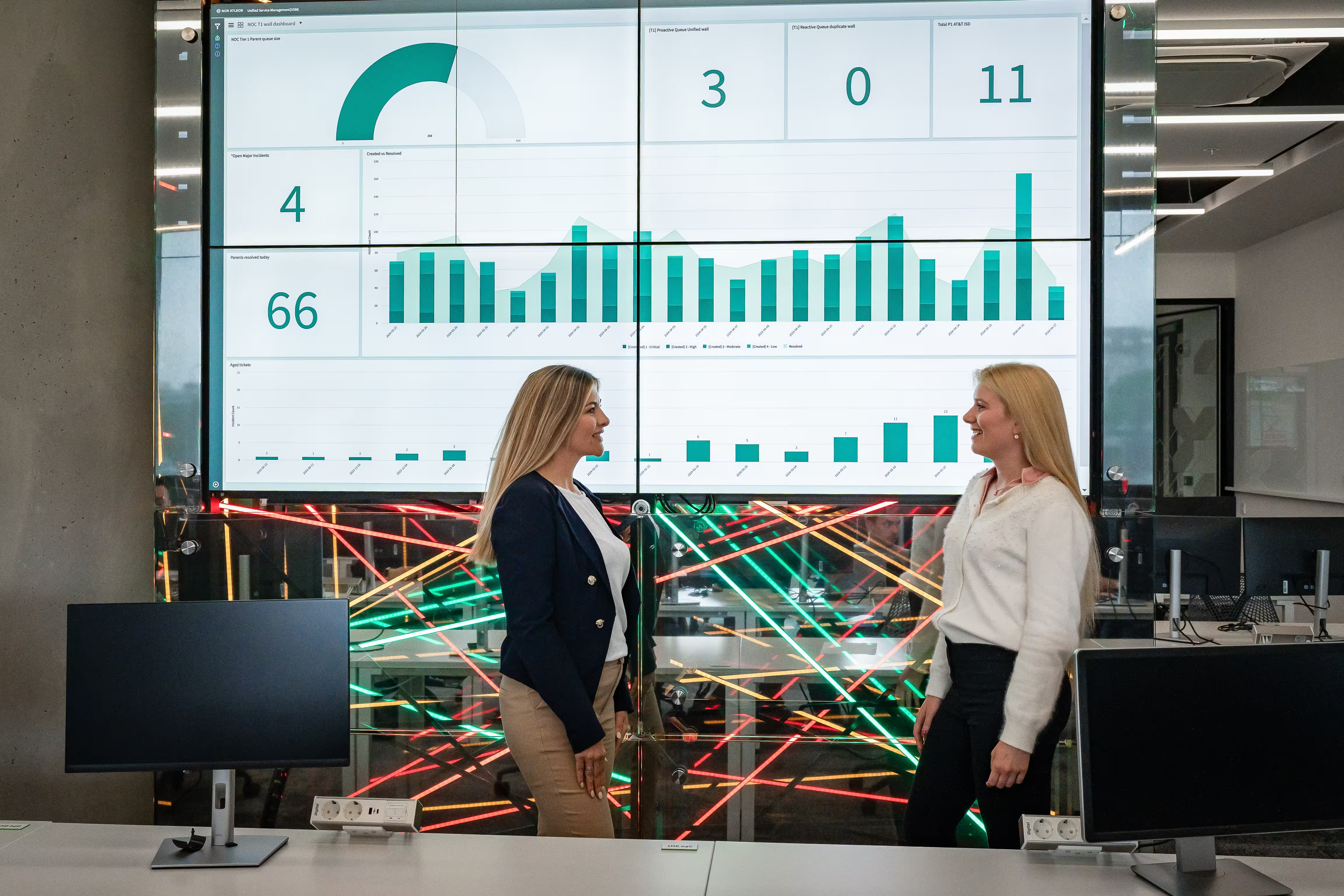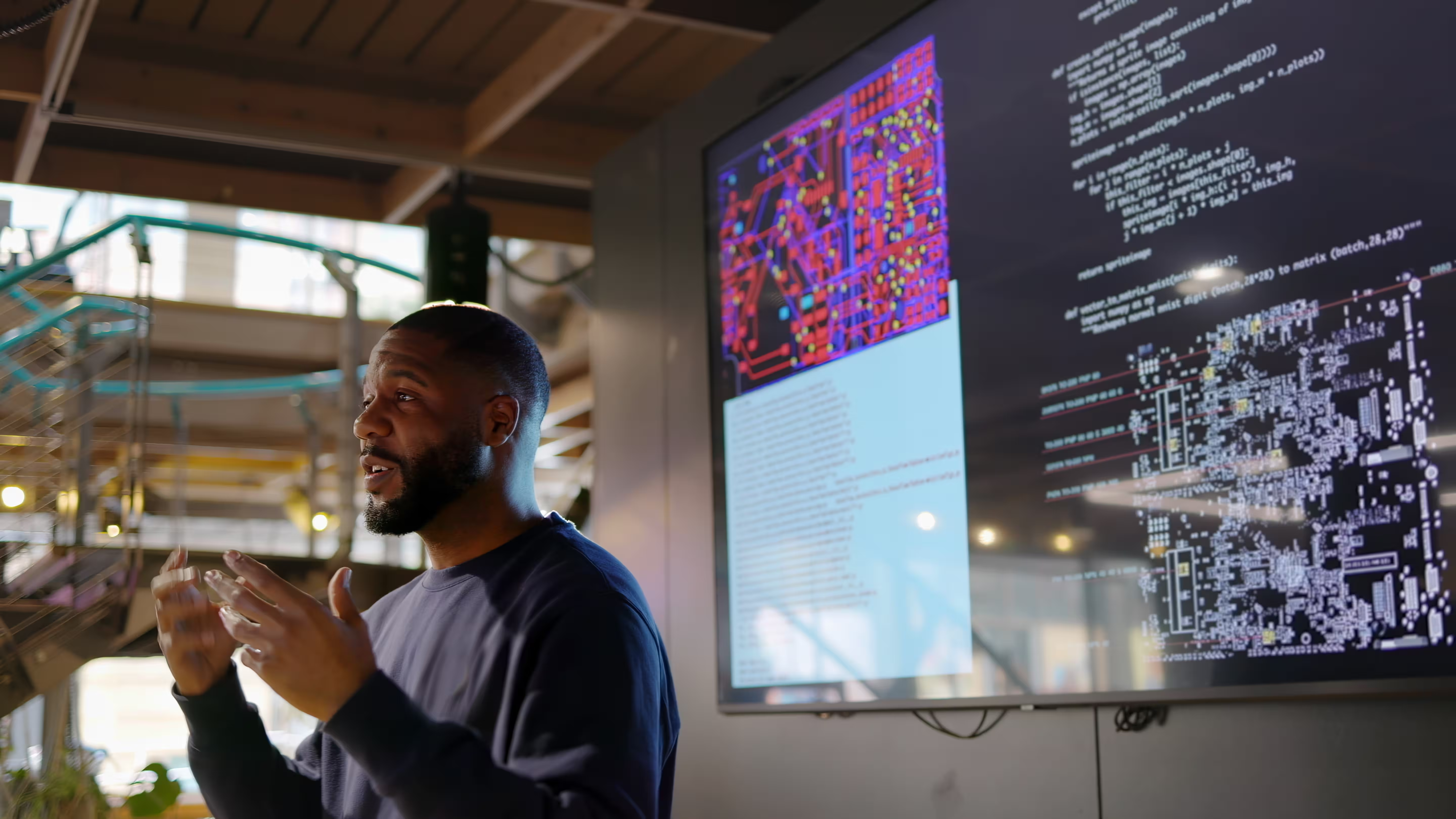The evolution of self-directed banking: A look ahead to 2022
ATMs introduced customers to self-service banking a half-century ago, and mobile banking expanded on the concept, but the future of personal finance is self-directed banking.
Customers can choose how and where they engage with their financial institution, and they have the freedom to switch between their phone, ATM, or the traditional bank branch at will.
Financial institutions should embrace self-directed banking because it puts customers in total control of their banking experience, which will differentiate institutions from their competition.
Customers will be able to do even more from their phones
Many banking apps already allow customers to deposit checks, monitor account balances, and pay bills directly from their smartphones. Going forward, we can expect to see phones used as more than just a device to bank anywhere. They’ll be tools for providing personalized service and a secure new way for customers to access their financial life.
Financial institutions are starting to enable voice commands within their apps, like having an Alexa for your bank accounts. As artificial intelligence and machine learning technology improve, these virtual banking assistants will provide increasingly tailored, nuanced assistance to customers in a more conversational way.
Staying innovative in the mobile banking space will be important for financial institutions to remain competitive. According to Fidelity National Information Services (FIS), which works with 50 of the world’s largest banks, mobile banking registrations saw a 200% jump in early April, and mobile banking traffic rose 85 percent.
The pandemic led to faster adoption of mobile payments among older generations, too. This demonstrates that the demand for digital options for interacting with businesses is growing, regardless of demographic. Expect that trend to stick.
As 5G becomes more widespread, other verification tools will make it easier for customers to get approved for things like loans by smartphone. Meanwhile, increased security features, like biometrics, mean customers can now input their ATM withdrawal requests ahead of time and simply use the ATM to dispense their cash.
ATMs will become “banks in a box”
ATM technology has evolved in recent years and now 95 percent of traditional teller transactions can be done at the ATM, including cash deposits, coin dispensing, account services and even getting new cards. All are now possible.
What’s more, interactive teller machines - or ITMs - use remote tellers to provide that face-to-face support and interaction via video chat. This enables customers to complete more of the complex transactions, like those that might require authentication for instance – or just receive general support at this channel. This enables financial institutions to transform their traditional branch model to extend the hours customers can receive support or reduce the number of tellers in each branch. Both enable branch staff to focus more on advisory services.
Customers can apply for a loan or create an account directly from the machine. ITMs can also print a debit card and assign customers a PIN.
Three-quarters of financial institutions that already offer video banking report better outcomes with 97 percent saying that NPS scores for video banking are at least as good, if not better, than other channels. And 77 percent say sale-close rates are better or at least equal to other channels. Ninety percent of banking users who have used in-branch video banking say they would be willing to use it again.
Branches will focus on deepening relationships
Not everything can be done by phone or video screen, and not all customers will want to operate that way. Branches will still be there to offer in-person service.
Branch footprints will get smaller with less staff. The staff who are there won’t be tellers behind glass, though. They’ll be out from behind the counter or the desk, building relationships with customers.
Phones and ATMs can handle transactions, and that frees bankers to provide detailed financial advice and guidance to customers.
With transactions automated and commoditized, personal relationships, trusted advice, and customized service will be market differentiators for banks.
Customers expect to switch channels seamlessly
Being able to use both digital and physical channels seamlessly in the same transaction is the key to the self-directed banking model, compared to simply self-service.
Customers can start a transaction on a self-service channel but then switch to assisted service. Or they can begin a transaction on one channel but finish that transaction on a different channel.
With the self-directed model, a customer can:
- Book an appointment on a smartphone. When they arrive at the bank, they will save time because the teller will already know what they need
- Arrange a money order by phone and pick it up at the bank the next day
- E-sign mortgage documents while talking to their mortgage office by video on a smartphone
- Move money between accounts at an ITM, then ask a video teller to override the daily withdrawal limit
The self-directed model introduces greater flexibility into the customer experience. Pure self-service wouldn’t allow a withdrawal above a customer’s daily limit, but they can switch from self-service to assisted service in the middle of the transaction and accomplish tasks they couldn’t have done without having to start over.
Self-directed banking puts customers in control of how they choose to bank
Going forward, successful financial institutions will put the customer at the center of the banking process and give them control over how to engage with the institution.
Financial institutions must take care, however, to recognize that interactive teller machines and mobile apps that enable self-directed banking are not what will delight existing customers and attract new customers.
Instead, these are simply tools for providing the personal service and expert advice that customers seek from their institutions. Leveraging the human touch is what makes the self-directed banking model shine and will allow institutions to differentiate themselves from their competitors in 2022 and beyond.
Let’s explore what’s possible for your business. Our team is ready to connect and discuss tailored solutions that meet your goals.
Thank you for reaching out. A member of our team will be in touch shortly to continue the conversation.






%20(1).jpg)





%20(1).jpg)

%20(1).jpg)




%20(1).jpg)
%20(1).jpg)
%20(1).jpg)

%20(1).jpg)
%20(1).jpg)
.jpg)
.jpg)
.jpg)
%20(1).jpg)
.jpg)
.jpg)
.jpg)




.jpg)
.jpg)
.jpg)
.jpg)
